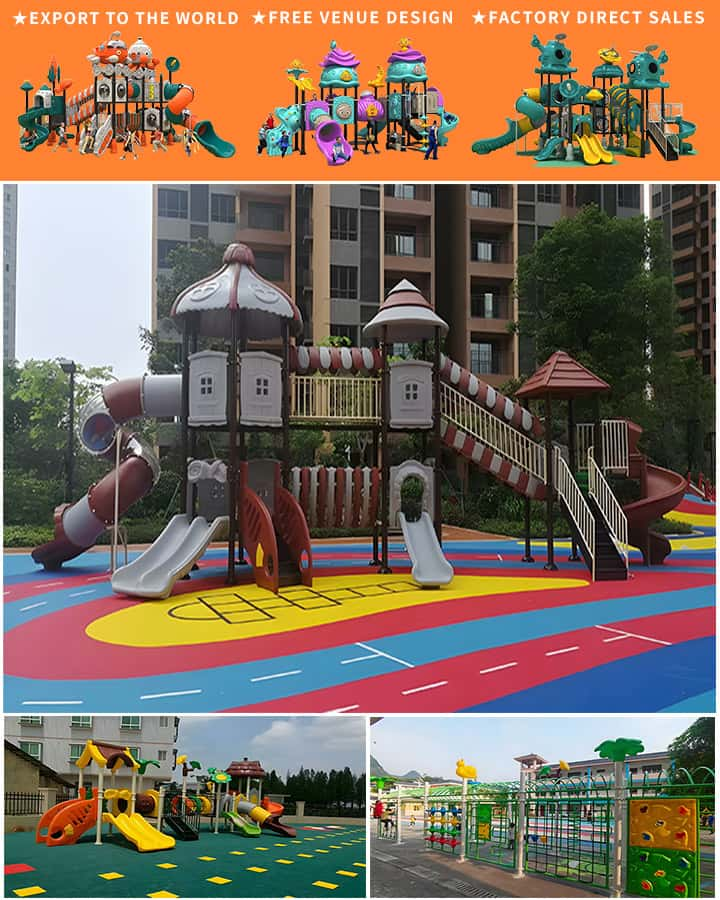In the bustling world of education, where academic achievement takes center stage, it is easy to overlook the critical importance of recreational spaces in elementary schools. However, playgrounds play a vital role in the development and well-being of young children. They are not just spaces for fun but are essential for physical activity, social interaction, and cognitive development. To ensure that these areas remain safe, inclusive, and engaging, elementary school playground equipment grants have become indispensable.
The Importance of Playgrounds in Elementary Education
Playgrounds are more than just a place for children to expend energy; they are foundational in several aspects of a child’s growth. Physically, well-designed playgrounds encourage active play, which is crucial for combating childhood obesity and promoting overall health. Socially, these spaces teach children how to interact with peers, share, take turns, and develop teamwork skills. Cognitively, imaginative play stimulates creativity and problem-solving abilities.
The Challenge: Outdated and Unsafe Equipment
Despite their significance, many elementary schools struggle with outdated and unsafe playground equipment. Older equipment can pose safety risks, such as rusted metal or cracked surfaces, leading to potential injuries. Moreover, playground designs from decades ago often lack inclusivity, failing to accommodate children with disabilities or those who use assistive devices.
Grants: A Lifeline for Modernization

Enter playground equipment grants – a beacon of hope for schools striving to provide better environments for their students. These grants are typically offered by government bodies, non-profit organizations, and private companies, all recognizing the need for modern, safe, and inclusive play spaces.
Government grants, such as those provided by federal and state agencies, often come with specific criteria focusing on community needs and educational impacts. Non-profits, including local chapters of national organizations like KaBOOM! and the National Recreation and Park Association, offer grants aimed at enhancing community spaces and ensuring equitable access to high-quality playgrounds.
Private companies also contribute by offering matching funds or direct donations to support school renovations. Corporate social responsibility (CSR) initiatives frequently target playground improvements, understanding the long-term benefits for both the community and the company’s public image.
Benefits of Upgrading Playground Equipment
Safety First: Modern playground equipment meets stringent safety standards, reducing the risk of accidents and ensuring peace of mind for parents and educators.
Inclusivity: New designs incorporate features that allow children of all abilities to play together, fostering an environment of acceptance and cooperation.
Educational Integration: Innovative playgrounds often integrate elements that promote learning through play, making lessons in math, science, and even literacy more tangible and fun.
Community Engagement: Upgraded playgrounds can become a hub of community activity, hosting events that bring families together and strengthen neighborhood bonds.
Real-World Impact: Success Stories
Several schools across the country have reaped the benefits of playground equipment grants. For instance, a suburban school in Texas transformed its aging playground into a vibrant space equipped with new swings, slides, and interactive educational installations, thanks to a combined effort between local government funding and a corporate sponsorship. Similarly, an urban school in Ohio revamped its playground to include sensory-rich areas and accessible pathways, significantly enhancing the experience for students with autism spectrum disorder and other special needs.
Conclusion
Elementary school playground equipment grants are more than just financial assistance; they represent investments in the future of our children. By providing safer, more inclusive, and stimulating play environments, these grants help nurture healthy, creative, and socially adept individuals. As communities continue to recognize the value of these spaces, the push for more comprehensive funding and support for playground upgrades will undoubtedly grow stronger. In the end, we are not just building playgrounds; we are shaping the minds and hearts of the next generation.




